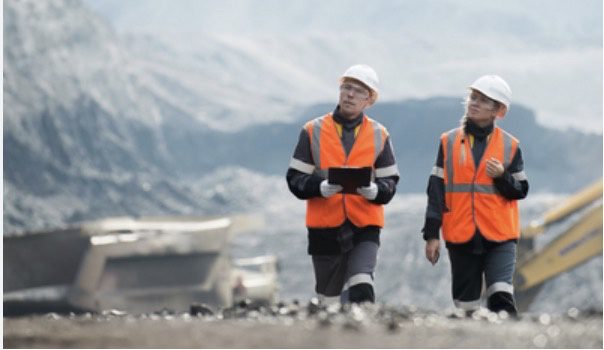
2026: Elevating Silica Safety & Site Supervisor Training with Newcastle Rescue
This is the year to take Silica Safety to the next level—and Newcastle Rescue & Consultancy Pty Ltd is here to lead the way.
We’re continuing our strong commitment to protecting workers and workplaces through our Nationally Accredited Asbestos & Silica Safety Courses, trusted across the industry for their quality and compliance.
Silica Safety training has been delivered during 2025 via MS Teams, face to face private courses on our site or the clients and public courses at our training facility at Beresfield, NSW. Our clients range from local government councils, private businesses to large organisations working on large infrastructure projects across Australia.
But that’s just the beginning. In 2026, we are introducing a game-changing safety training program designed to raise safety standards across the mining sector and other sectors requiring Site Supervisors.
New for 2026: Site Supervisor Training (G1, G8, G9) formerly known as S1, S2, S3, these nationally recognised units of competency are essential for individuals performing the duties of a Supervisor or Mine Safety and Health Representative under the Coal Mining Safety and Health Act. The site supervisor skill set, known in the resource sector as G1,G8,G9 or (S123) is appropriate for those working in operational roles at sites in coal mining, construction and metalliferous mining.
Units Included:
- RIIRIS301E – Apply Risk Management Processes (G1)
- RIIWHS301E – Conduct Safety and Health Investigations (G8)
- RIICOM301E – Communicate Information (G9)
Duration:
- Face-to-Face: 3 days plus assessment
- Includes a workplace evidence booklet for practical application
Objective:
Equip learners with the skills to:
- Identify hazards and analyse risk
- Implement effective control measures
- Investigate incidents and recommend solutions
- Communicate clearly in supervisory roles
Accreditation:
Meets requirements of the RII Resources and Infrastructure Industry Training Package.
Individual Units Available
We also offer each unit as a one-day course, delivered at our venue or tailored to your workplace:
- RIIRIS301E – Risk Management
- RIIWHS301E – Safety & Health Investigations
- RIICOM301E – Communication Skills
Why Choose Newcastle Rescue?
- Expert-Led Facilitators meeting national standards
- Proactive Solutions for mining safety and compliance
- Innovative Programs to future-proof your safety strategy
Take Action Today
Don’t wait—make 2026 the year your organisation leads in safety.
📞 Call us on 1300 356 686
📧 Email: enquiries@newcastlerescue.com.au
Together, we can create safer, stronger workplaces.
More information about the 3-day course covering key supervisory responsibilities, including communication, conflict resolution, safety, risk management, and leadership can be found at https://newcastlerescue.com.au/courses/g1-g8-g9-s1-s2-s3-site-supervisor-course/
Read More
Building Skills for the Future: How Newcastle Rescue & Consultancy Can Prepare Workers for High-Speed Rail Jobs
The announcement that construction of the Newcastle–Sydney high-speed rail link will begin in 2027 marks a transformative moment for our region. This project, part of Australia’s broader east coast high-speed rail vision, will create thousands of jobs across engineering, construction, operations, and maintenance. For Newcastle and the Hunter, it’s more than a transport upgrade—it’s an economic catalyst that demands a skilled, safety-conscious workforce.
Why Skills Development Matters
The rail sector is undergoing rapid modernisation, with digital signalling, advanced tunnelling, and sustainability requirements shaping the future. Over the next decade, Australia will need 70,000 additional workers, including 13,000 roles focused on digital technologies such as signalling and control systems. Critical roles will span engineering (civil, electrical, mechanical), ICT security, project management, and safety. Without proactive training, the region risks missing out on these opportunities.
Our Role as an RTO
As a Registered Training Organisation (RTO 41033), Newcastle Rescue & Consultancy delivers nationally recognised training that supports workplace safety, emergency response, and rail industry compliance—critical for major infrastructure projects like high-speed rail. Our programs ensure workers are prepared to operate safely in high-risk environments and meet regulatory requirements.
Key Areas Where We Add Value
- Rail Safety Training
We deliver accredited rail courses such as:- TLIF0020 Safely Access the Rail Corridor – Essential for anyone working in or around the rail corridor.
- Rail core units covering WHS procedures, fatigue management, environmental practices, and communication skills for rail infrastructure projects.
- Confined Space & Height Safety
Practical training for working in tunnels, elevated structures, and restricted environments—essential for rail construction and maintenance. - Emergency Response & Rescue
Specialist programs such as Certificate III in Emergency Response and Rescue, Vertical Rescue, Confined Space Rescue, and First Aid prepare teams to respond effectively to incidents during construction and operations. - Fire Safety & Risk Management
Training in fire prevention, emergency planning, and risk assessment ensures readiness for high-risk work sites. - Leadership & Compliance
Leadership-focused courses help organisations embed a strong safety culture and meet legislative obligations.
Future-Proofing Newcastle’s Workforce
We’re committed to:
- Partnering with local councils, recruitment agencies, not-for-profits, businesses, and the High Speed Rail Authority.
- Offering micro-credentials for skill capability
- Delivering on-site safety inductions during construction phases.
- Supporting First Nations participation and workforce diversity.
The Opportunity Ahead
High-speed rail isn’t just about faster travel—it’s about building a safer, smarter workforce for the future. By 2027, Newcastle can lead the way in rail innovation, and Newcastle Rescue & Consultancy (RTO 41033) will be at the forefront of this transformation.
Ready to upskill your team for the future?
👉 Call 1300 356 686 or email enquiries@newcastlerescue.com.au to discuss tailored training solutions for high-speed rail projects.
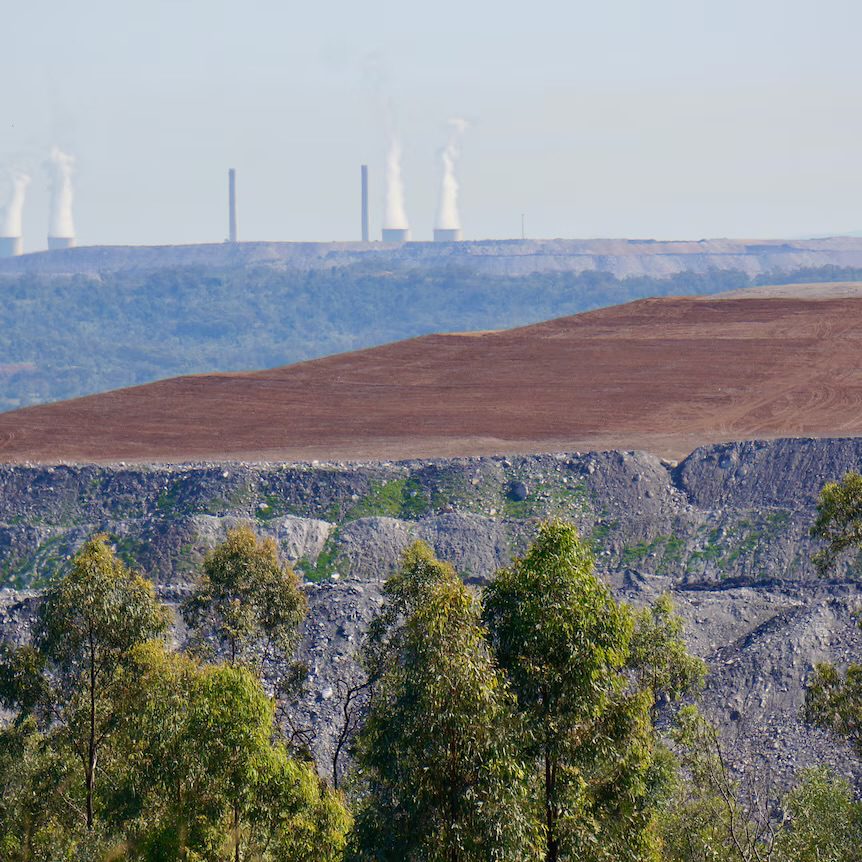
Building the Future Workforce: Safety Skills for Hunter’s Energy & Infrastructure Boom
- Green Hydrogen Hub at Kooragang Island – $432 million federal funding for large-scale hydrogen production by 2028.
- Battery Manufacturing & Advanced Manufacturing – supporting renewable energy storage and electric vehicle supply chains.
- High-Speed Rail – connecting Newcastle to Sydney with major construction and maintenance phases.
- Newcastle Airport Expansion – 15-year masterplan adding terminals, cargo hubs, and creating thousands of jobs.
- RAAF Base Williamtown & Astra Aerolab – defence, aerospace, and innovation precincts driving high-tech employment.
- Mine Rehabilitation Projects – restoring land and creating environmental and civil works roles.
- Confined Space Entry & Rescue – essential for hydrogen plants, battery facilities, and civil works.
- Working at Heights – critical for rail, airport, and infrastructure projects.
- Gas Test Atmospheres & Breathing Apparatus – vital for hydrogen and chemical environments.
- First Aid & CPR – mandatory across all sectors.
- Permit to Work & Hazard Analysis – compliance for complex industrial sites.
-
Fire Team operations– Fire extinguisher & Hoses
-
SARC – Safely Access the Rail Corridor & Core 6 – relevant for rail and renewable energy projects.
- Emergency Response & Rescue – tailored for defence, aerospace, Construction and industrial sites.
📧 Email: enquiries@newcastlerescue.com.au
🌐 Website: www,newcastlerescue.com.au
Read More
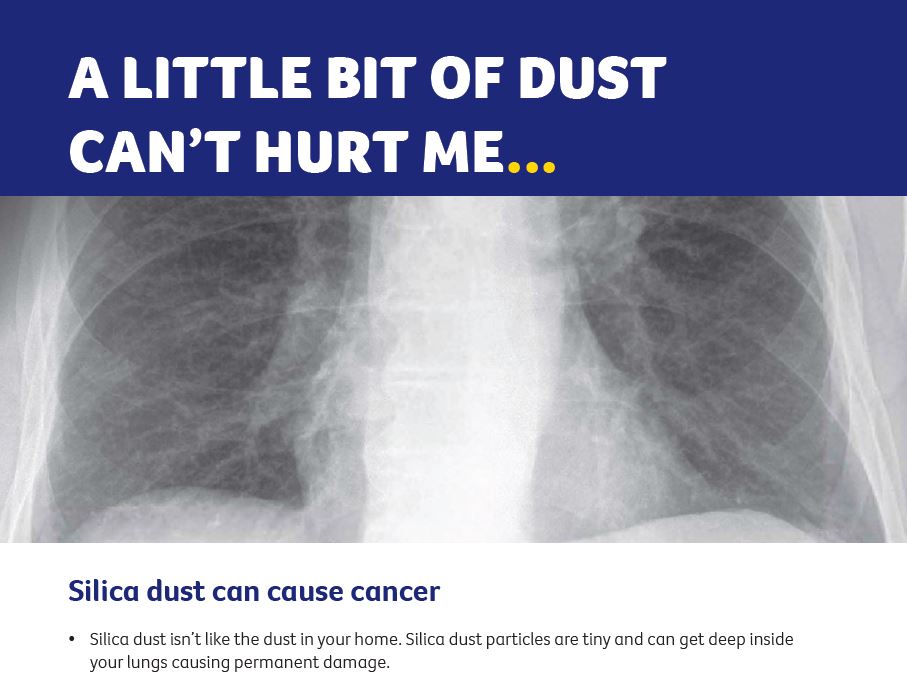
Silica Dust Exposure Concerns?
Silica Safety Under Scrutiny: What the Snowy Hydro Shutdown Means for Your Workforce
In July 2025, the Snowy 2.0 pumped hydro project—a cornerstone of Australia’s renewable energy future—made headlines for all the wrong reasons. A concrete testing lab at Lobs Hole was shut down after SafeWork NSW raised serious concerns about worker exposure to respirable crystalline silica (RCS). The closure, which lasted nearly two months, highlighted a growing and urgent issue in tunnelling, mining, and construction industries: silica dust safety
What Happened at Snowy 2.0?
SafeWork NSW responded to a service request in May, uncovering that workers were likely exposed to dangerous levels of silica dust in the lab. The inhalation of fine silica particles can cause silicosis, a debilitating and incurable lung disease. The lab was immediately closed, and mitigation efforts—including deep cleaning and enhanced ventilation—were ordered.
This incident is not isolated. It follows a troubling trend of safety lapses in major infrastructure projects, including ventilation failures and emergency chamber concerns. The NSW government has since formed a taskforce to address silica-related risks across tunnelling projects statewide.
Why This Should Matter to You
If your business operates in mining, tunnelling, construction, or stone fabrication, your workers may be at risk. Silica dust is invisible, insidious, and deadly. As Monash University’s Professor Jane Bourke warns, “There’s no safe level of silica… exposure is dangerous and everything should be done to ensure that workers are not exposed to it in the first place.”
How Newcastle Rescue & Consultancy Can Help
At Newcastle Rescue & Consultancy Pty Ltd, we specialize in comprehensive silica safety training tailored to high-risk industries. Our programs are designed to:
- Educate workers on silica hazards and safe handling practices
- Implement effective dust control and PPE strategies
- Ensure compliance with SafeWork NSW and national safety standards
- Prepare teams for emergency response and incident management
Whether you’re a contractor, project manager, or safety officer, our training can help you protect your workforce, avoid costly shutdowns, and meet regulatory obligations.
Take Action Before It’s Too Late
The Snowy Hydro incident is a wake-up call. Don’t wait for a safety audit or a health scare to act. Contact Newcastle Rescue & Consultancy Pty Ltd today to schedule a silica safety assessment or training session.
📞 Call us now 1300 356 686
📧 Email us at enquiries@newcastlerescue.com.au
🌐 Visit our website www.newcastlerescue.com.au
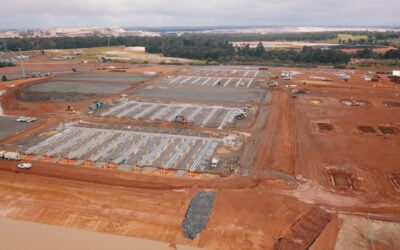
Supercharge Safety Skills – Newcastle Rescue & Consultancy
Newcastle Rescue & Consultancy Pty Ltd is well-positioned to support the skills development needed for Australia’s expanding battery manufacturing sector, especially in light of ARENA’s $500 million Battery Breakthrough Initiative (BBI) and the National Battery Strategy’s emphasis on workforce training.
🔋 Battery Manufacturing Expansion in Australia
ARENA’s BBI aims to supercharge battery manufacturing by funding projects in:
- Active materials (cathodes, anodes, electrolytes)
- Battery cell manufacturing
- Battery pack assembly
The National Battery Strategy highlights the need for:
- Safety training in battery deployment, maintenance, and recycling
- Skilled professionals in engineering, electrical work, and hazardous materials
- Transition support for workers from carbon-intensive industries
🛡️ How Newcastle Rescue & Consultancy Can Assist Learners
Newcastle Rescue & Consultancy (RTO 41033) offers a wide array of nationally accredited safety training programs that align with the safety and operational needs of battery manufacturing environments.
1. Hazardous Materials & Environmental Safety
- Asbestos Awareness & Removal (Class A & B)
- Silica Awareness Training
- Manual Handling & Hazard Analysis These are crucial for managing risks in facilities handling battery chemicals and materials.
2. Electrical Safety & Emergency Response
- Low Voltage Rescue & CPR
- Fire Warden & Fire Extinguisher Training
- Emergency Response & Rescue (Certificate III) These skills are essential for battery cell assembly and pack integration, where electrical hazards are prevalent.
3. Confined Space & Height Safety
- Confined Space Entry & Rescue
- Work Safely at Heights Battery manufacturing facilities often involve complex layouts and elevated workspaces.
4. Custom Training & Consultancy
- Tailored programs for specific industry needs
- On-site training and simulation environments
- International consultancy experience (PNG, Singapore, Laos, Mongolia)
Read More
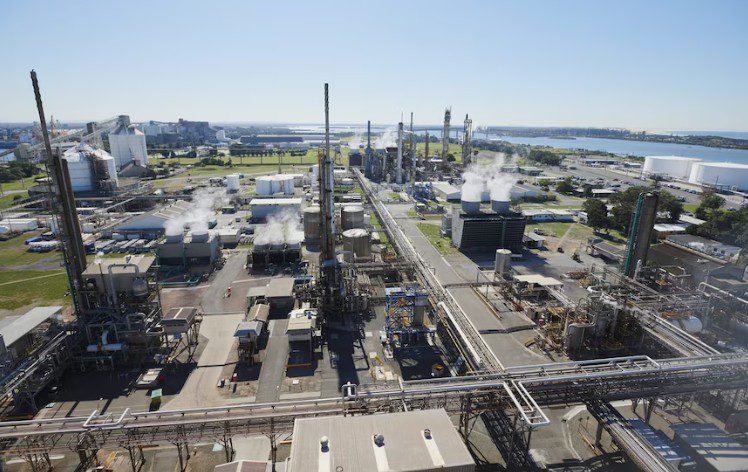
Skills for employment opportunities in the future at the Hunter Valley Hydrogen Hub
Newcastle Rescue & Consultancy Pty Ltd can assist by providing several valuable safety training short courses which would be beneficial such as confined space work, working at heights, first aid, awareness training, issue work permits & hazard analysis, gas test atmospheres, BA and manual handling.
By completing these relevant safety training courses, individuals can demonstrate their commitment to workplace safety and increase their suitability for employment opportunities in the future at the Hunter Valley Hydrogen Hub.
Orica’s Hunter Valley Hydrogen Hub is set to receive up to $432 million in grant funding as the second recipient of ARENA’s Hydrogen Headstart Program.
Orica’s Hunter Valley Hydrogen Hub (HVHH) will produce renewable hydrogen using a 50-megawatt electrolyser powered by renewable electricity. This hydrogen will replace natural gas in Orica’s ammonia production process, helping to reduce carbon emissions.
The hub is expected to be operational by 2028.
Employment at the Hunter Valley Hydrogen Hub, several safety training short courses would be beneficial. These include courses focused on hydrogen safety, general workplace safety, and specific skills related to working with hydrogen production, storage, and transport. Additionally, safety training in areas like confined space work, working at heights, and first aid and more would be valuable. Safety training skills needed now an in the future.
Here’s a more detailed breakdown:
General Workplace Safety:
- Confined Space Training:
Working in and around confined spaces is a common requirement in many industries, and hydrogen production may involve such spaces.
- Working at Heights:
Training for working at heights is essential for any site where elevated work is necessary.
- First Aid Training:
First aid skills are universally important, and being able to respond to emergencies is crucial in any workplace.
- Workplace Safety Awareness Training:
General safety awareness training can cover various aspects of workplace safety, including hazard identification and risk assessment.
Additional Skills:
- Gas Test Atmospheres:
This training is relevant for assessing the atmosphere in confined spaces and ensuring it is safe to enter.
- Manual Handling Training:
This is important for preventing injuries related to lifting and moving materials.
Federal government commits $430 million to prop up Newcastle hydrogen hub
Read More

Team Building at New Heights (and Depths): Why Working at Heights and Confined Space Courses are More Than Just Accreditation
At Newcastle Rescue & Consultancy Pty Ltd, safety is at the heart of everything we do—but safety training isn’t just about ticking compliance boxes. Our nationally accredited Working at Heights and Confined Space courses are designed to deliver essential skills for high-risk industries—but they also have the power to transform teams.
We’ve seen it firsthand: when people are harnessed up, clipped in, and working together in controlled but challenging environments, something shifts. Trust is built. Communication sharpens. Confidence grows. These courses don’t just train your team—they strengthen it.
We’re redefining what team-building looks like. Forget trust falls and boardroom icebreakers—our training places your team in hands-on, high-pressure scenarios where communication, collaboration, and clarity are not optional, they’re essential.
Beyond the Certificate: What Your Team Will Really Learn
Yes, your people will walk away with the skills and knowledge needed to safely work at heights or in confined spaces. But the learning goes far deeper than that.
Here’s what else happens when your team steps into our purpose-built training facility:
1. Communication Under Pressure
Our courses simulate real-world scenarios where communication can mean the difference between safety and risk. Participants must clearly convey instructions, call out hazards, and coordinate movements—all while wearing PPE and working in dynamic, sometimes noisy, environments. It’s the perfect pressure test for communication skills.
2. Teamwork and Trust
You can’t complete a confined space entry or a rescue scenario solo. These exercises demand teamwork—participants rely on one another for safety, support, and success. When someone’s watching your back on the harness line or holding the retrieval rope, that trust carries over into everyday work relationships.
3. Resilience and Mental Agility
Confined spaces and heights challenge people mentally, not just physically. Participants learn to stay calm, focused, and composed under stress—skills that are invaluable not just in emergency situations but in fast-paced workplaces. It’s a safe space to test emotional resilience and mental toughness.
4. Clarity and Calm in the Chaos
High-risk environments teach clarity like few other settings can. When things get tight—literally, in a confined space—people learn to breathe, assess, and act with purpose. Leaders emerge. Confidence rises. And people begin to understand their own responses to pressure.
5. Practical Problem-Solving
Our training scenarios are based on real challenges. Participants must think on their feet, adapt to evolving situations, and use equipment properly—all while managing risk and time. It’s a hands-on masterclass in critical thinking and problem-solving.
Why Team-Building Through Safety Training Works
Corporate team-building often leans on games or simulations—but nothing compares to the realism and engagement of a safety scenario where teamwork is essential.
By using Working at Heights and Confined Space training as part of your team development strategy, you’re not only preparing your people for high-risk tasks—you’re giving them an unforgettable shared experience.
Plus, you’re building:
• Confidence – in each other and in their own abilities
• Camaraderie – through shared challenges and victories
• Capability – to handle high-pressure situations, both at work and beyond
Who’s It For?
These team-building safety training courses are ideal for:
• High-risk industries (construction, utilities, manufacturing, mining)
• Emergency response teams
• Leadership teams looking for a new type of development experience
• Organisations wanting to build stronger collaboration and communication under pressure
Ready to Elevate Your Team?
If you’re looking to build a team that’s capable, connected, and confident—consider taking your team to new heights (literally). Our Working at Heights and Confined Space courses are delivered by experienced, nationally accredited trainers in a hands-on, supportive environment.
Let’s move beyond the standard team-building day—and give your people an experience that sticks with them for life.
📞 Contact us to book your next course or custom team-building session
🌐 Visit www.newcastlerescue.com.au to learn more
📍 Training available at our facility or on-site for groups
Read MoreTaking responsibility for the safety of you and your workmates
Brant ‘Bugsey’North knows we have come along way with technology and safety since he started in the mining industry in 1990 and this recent article in Coalface highlights why Newcastle Rescue & Consultancy Pty Ltd do what we do. We need to look after each other so everyone gets to go home safe at the end of the day.
Read More
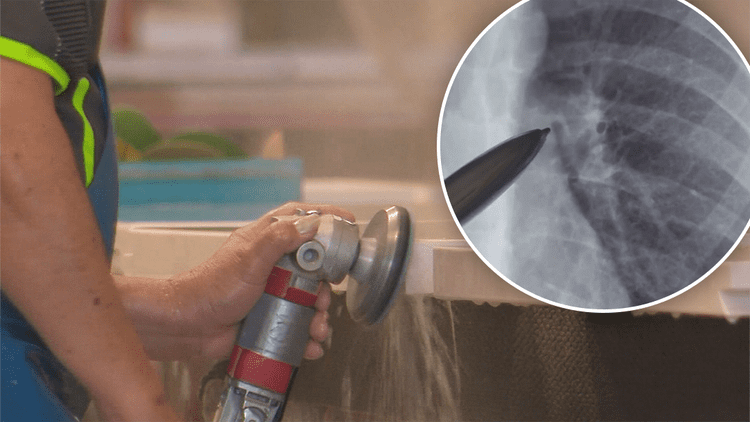
Strengthen the safety of workplaces that process crystalline silica substances (CSS)
Winston Churchill once said, “Success is not final, Failure is not fatal: it is the courage to continue that counts” and James Clear, author of the book Atomic Habits, has said many things about continuous effort, including that it is a daily battle and that small improvements add up over time.
Maintaining safety habits demands ongoing effort to safeguard the workforce by staying compliant with changes in safety regulations.
You may be aware or not aware but as of September 1, 2024, new regulations came into effect to strengthen the safety of workplaces that process crystalline silica substances (CSS). These regulations apply to all materials that contain at least 1% crystalline silica, including engineered stone.
What are the new regulations?
- Businesses must assess if processing CSS will be high risk.
- If processing is high risk, businesses must put in place additional controls and a risk control plan.
- Businesses may need to monitor air quality and/or health of workers.
- Businesses must notify the regulator if they process legacy engineered stone.
Why are these regulations important?
Breathing in crystalline silica dust can cause silicosis, a disease that can be disabling or fatal. The build-up of scar tissue eventually reduces the exchange of oxygen in the lungs and causes shortness of breath that progressively worsens.
Other symptoms of silicosis can include chest pain and a harsh, dry cough that may produce blood. There is no cure for silicosis.
What can businesses do to comply?
- Assess the risk of silica dust in their workplace.
- Implement control measures to reduce exposure to silica dust.
- Monitor air quality if there is a risk of silica dust.
- Train workers about the risks of silica dust and how to stay safe.
- Monitor the health of workers who are exposed to silica dust.
What are some high-risk activities that involve silica dust?
- Cutting, grinding, or polishing natural and engineered stone
- Excavation, earth moving, and drilling
- Clay and stone processing
- Paving and surfacing
- Mining, quarrying, and mineral ore treating
Stay Compliant with Mandatory Silica Education
With the enforcement of stricter regulations on crystalline silica in Australia, it’s imperative for professionals in construction and related industries to obtain appropriate training. At Newcastle Rescue & Consultancy Pty Ltd (RTO 41033), we provide comprehensive courses designed to meet these regulatory requirements and enhance workplace safety.
Our Specialized Silica Training Courses (Face to Face or MS Teams online):
1. Silica Awareness Training:
- Course Overview: This course educates participants on the health hazards associated with crystalline silica exposure and the necessary precautions to mitigate these risks.
Key Topics:
- Identification of materials containing silica
- Health effects of silica dust
- Implementation of control measures
- Proper use of personal protective equipment (PPE)
- Who Should Attend: Workers and supervisors involved in tasks that may expose them to silica dust, such as cutting, grinding, or drilling materials like concrete, bricks, or stone.
2. CPCSIL3001 – Work with Products and Materials Containing Crystalline Silica:
- Course Overview: This unit provides participants with the skills and knowledge required to work safely with products and materials containing crystalline silica.
Key Topics:
- Planning and preparing for work with silica-containing materials
- Selecting and using appropriate tools and equipment
- Applying safe work practices to minimize exposure
- Conducting clean-up and decontamination procedures
- Who Should Attend: Tradespeople and construction workers who handle materials such as engineered stone, concrete, or tiles.
3. CPCSIL4001 – Supervise and manage work with products and materials generating respirable crystalline silica
- Course Overview:
Key Topics:
- Plan and prepare for work.
- Conduct workplace briefings and consultations.
- Implement safety requirements.
- Manage worksite operations.
- Oversee compliant clean-up, maintenance and storage
operations. - Review workplace operations.
- Who Should Attend: The unit is suitable for persons conducting a business or undertaking (PCBU), employers, supervisors
and managers responsible for ensuring the health and safety of employees, contractors and subcontractors
and suppliers when working with products and materials containing CS.
Why Choose Newcastle Rescue & Consultancy Pty Ltd?
- Expert Trainers: Our instructors possess extensive industry experience and are well-versed in current regulations and best practices.
- Flexible Delivery: We offer training sessions at our state-of-the-art facilities in Beresfield, NSW, or can arrange on-site training to accommodate your team’s needs. We can deliver online via MS Teams which can assist delivery for multiple and remote sites.
- National Accreditation: As a Registered Training Organisation (RTO 41033), our courses meet national standards, ensuring you receive recognized and respected certifications.
Enrol Today:
Don’t wait until it’s too late. Ensure your team is trained, compliant, and safe. Contact us at 1300 356 686 or email enquiries@newcastlerescue.com.au to register for our upcoming courses.
Stay ahead of regulatory changes and prioritize safety with Newcastle Rescue & Consultancy Pty Ltd.
Read More
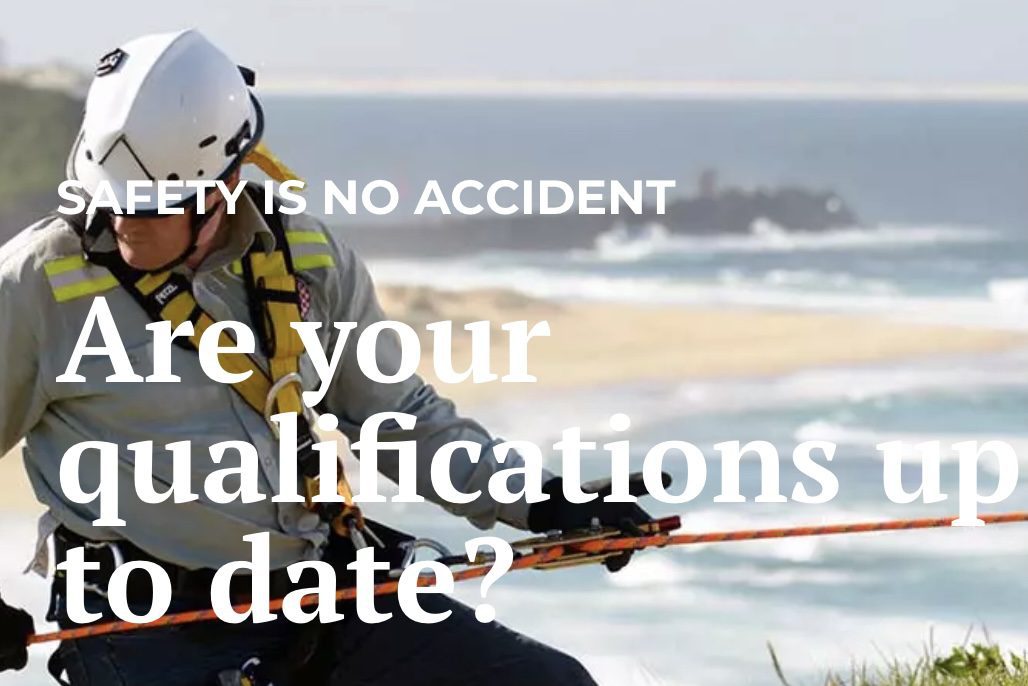
Newcastle Rescue & Consultancy Pty Ltd: Training, Safety, and Expertise at Your Fingertips!
Newcastle Rescue & Consultancy Pty Ltd: Training, Safety, and Expertise at Your Fingertips!
📍 Location:
Located in the heart of Newcastle, NSW, Newcastle Rescue & Consultancy Pty Ltd provides world-class training and rescue services to industries across Australia and Internationally. Our centrally located facility is easily accessible, offering both convenience and the highest standard of safety training.
🏗️ State-of-the-Art Training Facilities:
At Newcastle Rescue & Consultancy, we pride ourselves on our cutting-edge training facilities designed to prepare individuals and teams for real-world emergencies. Our specialized simulators ensure you’re trained in the most realistic, controlled environments. Our practical training area is fitted with a confined space simulator with both horizontal and vertical access points, platforms used for heights training, low voltage rescue lock out simulators and open areas for the hands-on component of our fire extinguisher training.
• Heights & Confined Space Simulator:
Our advanced simulator for height and confined space training replicates the most challenging environments. Participants gain hands-on experience with equipment, procedures, and emergency response techniques in a safe but realistic setting. Perfect for industries where worker safety in complex environments is crucial.
• Asbestos Practical Training Simulator (SafeWork Approved):
Asbestos safety is a top priority in many industries, and our SafeWork-approved Asbestos Practical Training Simulator ensures participants learn how to handle asbestos safely and effectively. With real-life scenarios and expert instructors, we train you to mitigate risks and comply with all safety standards.
• Silica Safety Training:
Silica dust exposure is a significant health hazard in industries like construction, mining, and manufacturing. Our Silica Safety Training is designed to equip workers with the knowledge and skills to protect themselves from silica dust exposure. Through practical demonstrations and risk assessment techniques, we cover everything from correct use of PPE (Personal Protective Equipment) to engineering controls and hygiene practices. Our course ensures you meet industry standards and work towards a safer, healthier workplace.
⚙️ Equipment and Consumables:
Our facility is fully stocked with all the latest equipment and consumables, so you’re always ready for the next challenge. From rescue gear to protective equipment and consumables for practical training, we ensure that each training session is as authentic as possible.
🔧 Why Choose Us?
• Highly skilled, accredited trainers with years of experience in relevant industry.
• Real-world, hands-on experience in rescue, safety, and emergency scenarios.
• Comprehensive, industry-recognised certifications.
• A dedicated, modern training environment designed for maximum learning and safety.
Ready to enhance your skills and ensure workplace safety? Newcastle Rescue & Consultancy is your go-to provider for industry-leading training.
Contact us today to book your next training session or to learn more about our offerings!
#NewcastleRescue #SafetyTraining #RescueConsultancy #ConfinedSpace #HeightsTraining #AsbestosSafety #SilicaSafety #WorkplaceSafety #TrainingSimulators #SafeWorkApproved #EmergencyResponse #IndustryExperts #nsw #hunter #localbusiness #global #construction #mining #oilandgas #education #training #trainingprovider #vocational #micro-credentials #industry #jobs
Read More